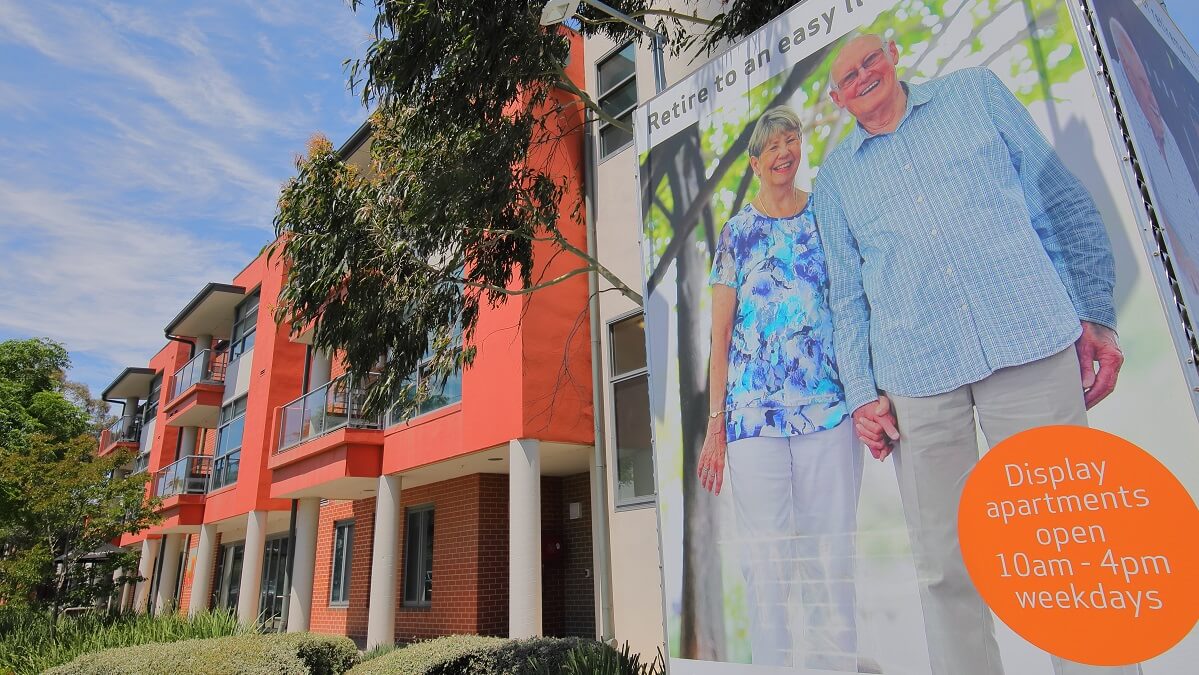Australians of retirement age may soon have to start getting used to an increase in discussions about NORCs. For Aussies, this may initially seem somewhat counterintuitive. Most of us over 50 have outgrown the adolescent habit of using vulgar slang terms to describe an anatomical feature.
In this case, though, a NORC is an acronym that’s popped up in the US. It stands for Naturally Occurring Retirement Communities. And they are rising in popularity here.
(For those who may not be aware, the term ‘norks’ or sometimes ‘norgs’ is a slang term for breasts. It is said to be derived from NorCo, a dairy company whose butter wrapper apparently once featured a cow’s udder. There is, however, no evidence to support this theory.)
In Melbourne, NORCs have evolved in the central business district. A cohort of retirees have moved into apartment complexes, each independently lured by the convenience of amenities close at hand.
Rather than having a community formed within a purpose-built facility in the suburbs, these people have developed one organically. And many of them could not be happier.
The rise of NORCs
The American use of the term NORCs is more easily traced than its Australian homophone. American urban planner Michael Hunt first coined the term in the 1980s. He used it to describe neighbourhoods or housing developments in which half of the residents were 50 years or older. Mr Hunt’s definition also specified that this cohort had made a decision that this was where they would spend their later years.
Forty years on, New York City has around 60 NORCs and they’re recognised as such by the city’s government. And according to the city’s official website, the Department for the Aging funds 36 of them.
Much of the funding focuses on health promotion – programs such as pressure screenings, yoga and Tai Chi classes are a common feature in NORCs. Case managers are employed to identify and provide support for individuals, such as those dealing with chronic conditions.
Is it a good concept for Australians?
Judging by current trends in Melbourne, NORCs appear to be here to stay. There are now about 14,000 people aged 60 or older residing in the City of Melbourne. Demographers expect this to more than triple over the next 20 years to something like 53,000.
Dr Ruth Williams, research fellow at Melbourne University’s Demography and Ageing Unit, said the trend makes sense on several levels. For many older people, a large family home, requiring garden maintenance and general upkeep, no longer makes sense, she said. Considering that, the option of downsizing to apartment living becomes more appealing.
Another factor is dual property ownership, says real estate agent Gerald Betts. “A lot of these people have holiday homes down the peninsula and other places,” he said. “They have easy access to freeways and can go to Geelong, Portsea or the airport fairly easily from their location.”
Melbourne is not the only Australian city embracing NORCs, although not all are limiting the notion to CBDs. The North Shore Sydney suburb of Waverton has the Waverton Hub, described as a “mutual organisation of residents”.
And in Perth’s Victoria Park, the ‘Village Hub’, run by Connect Victoria Park, was established along similar lines.
‘Norks’ were once the focus of pimple-faced adolescents in Australia. Now, NORCs could well be the serious focus of those same Aussies, now entering the retirement phase of life.
What do you think of the concept of NORCs? Do you think they could be a viable option for you in retirement? Let us know via the comments section below.
Also read: Don’t let a granny flat arrangement wreck your retirement

